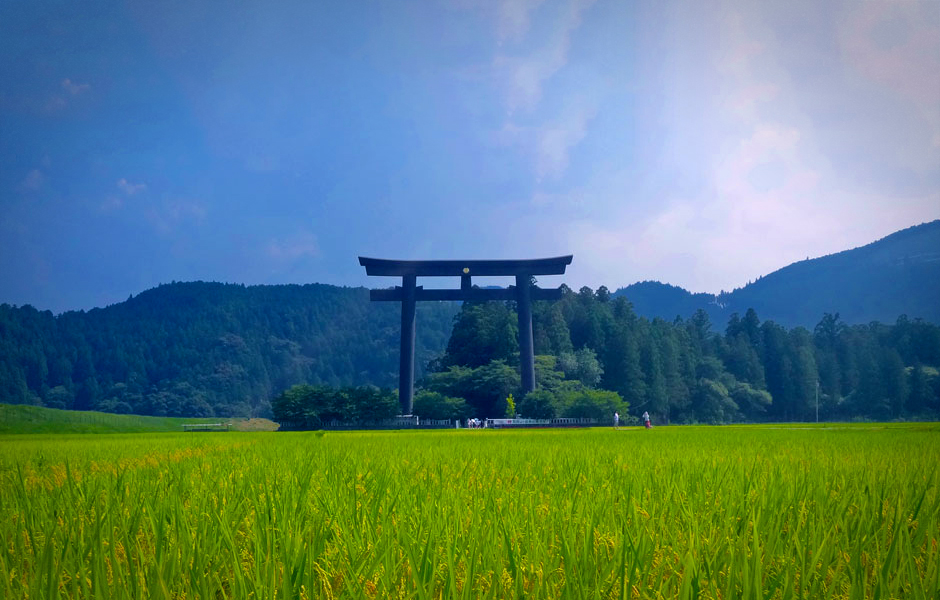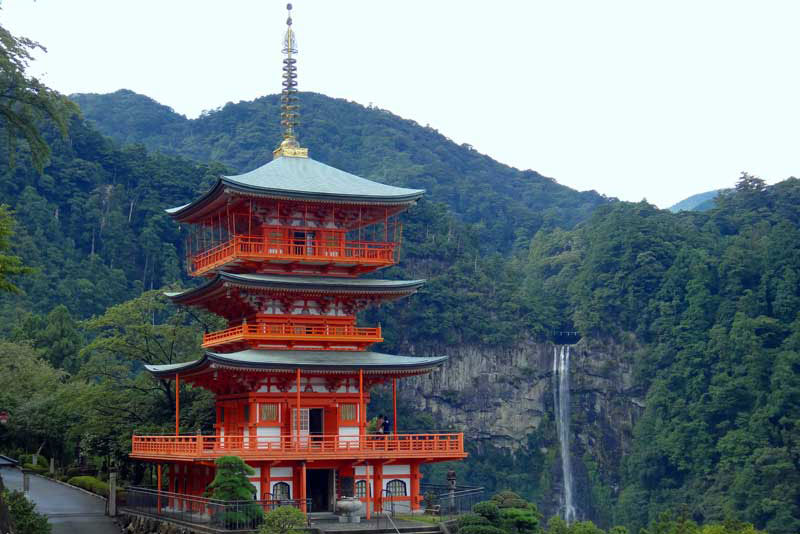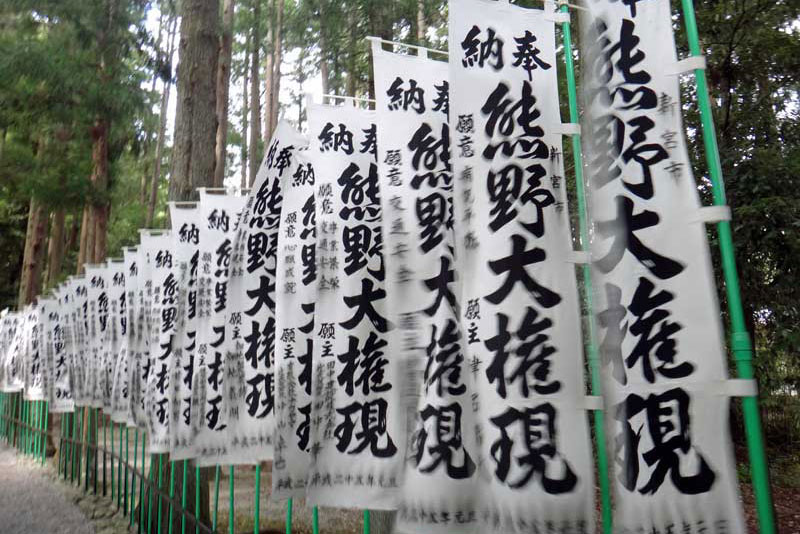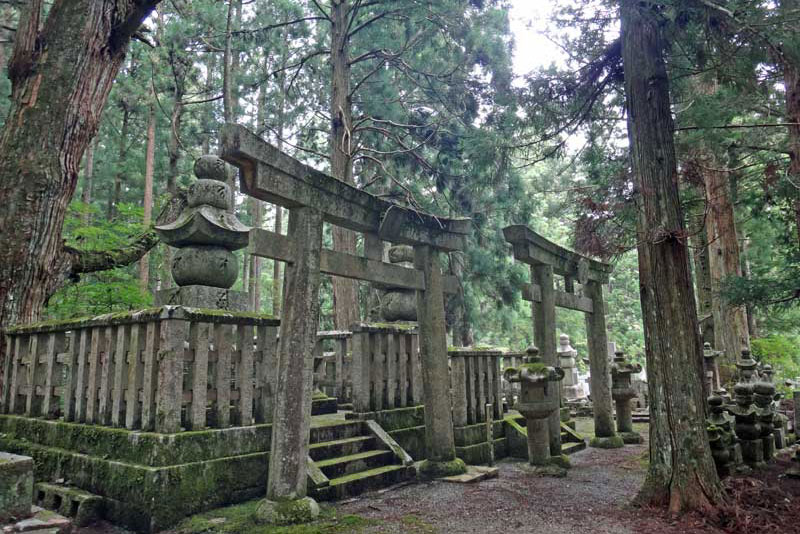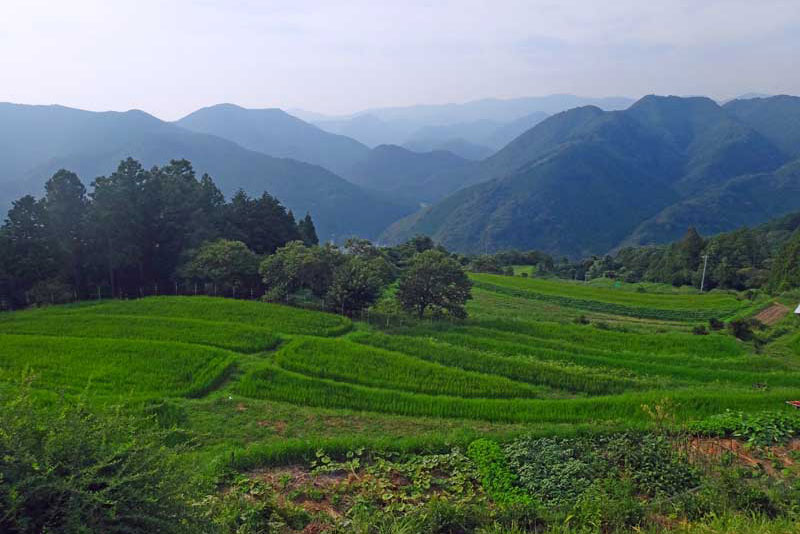- 2. Nachi-taisha
Modern Nomad is a weekly column dedicated to mobile gear, must-see world destinations, tips for life on the road, and traveling better through technology.
Japan is home to some of the most fascinating history in the world. Its modern society is a direct result of more than a millennium of spiritual and religious influences. Buddhism and Shintoism have shaped its politics, its ethics, and its civilization as a whole. There’s no better way to explore the country’s roots than to hike its oldest and most sacred path. The Kumano Kodo Pilgrimage is one of only two hikes in the world with a spot on UNESCO’s exclusive list of World Heritage Sites (the other being Spain’s famous Camino de Santiago), which is to say it should definitely be on your bucket list.
It’s possible to hike the pilgrimage on your own, but a professional guided tour is definitely recommended. Walk Japan’s nine-day hiking tour begins with an overnight stay in the modern, bustling metropolis of Osaka. From there, the pilgrimage works backward through the country’s spiritual timeline along Japan’s rural Kii peninsula. Guests first trek to the tiny temple town of Koyosan, revered as the epicenter of Shingon Buddhism. The hike continues onward for nearly 80 kilometers through the remote, mountainous Kumano region and finally ends in the beautiful, seaside city of Ise. The latter is home to the Ise Grand Shrine, considered the country’s most sacred and historically relevant Shinto Shrine.
Related: The Manual Guide to Kobe Beef
Throughout the week, hikers experience unique elements of Japanese culture that few foreigners will ever see. Koyasan provides the opportunity to sleep like modern Buddhist monks in traditional temple lodging, dine on their unique vegetarian cuisine (shojin ryori), and even sit in on morning prayers. The town’s Kongobuji temple is also home to Banryutei Rock Garden — believed to be the largest zen rock garden in Japan. The rocks were harvested from Shikoku (birthplace of Kobo Daishi, founder of Kyosan and Shingon Buddhism) and the garden is designed to represent two dragons swimming through a mass of clouds.
The pilgrimage also passes through a number of other significant Shinto shrines, including Kumano Hongū Taisha. Here, the world’s largest Torii gate (42 meters wide and nearly 34 meters tall) marks the entrance along the Oyunohara sandbank near the sacred Kumano river. Almost every night of the tour, hikers also overnight at hotels with traditional Japanese hot spring (onsen) baths and can even relax in the country’s oldest bath in the town of Yunomine Onsen.
The tour is wholly unique and will intrigue almost any type of traveler — hikers and outdoor lovers, history buffs, anyone fascinated by Japanese culture, and of course those who intend to make the pilgrimage as part of an actual spiritual journey.
